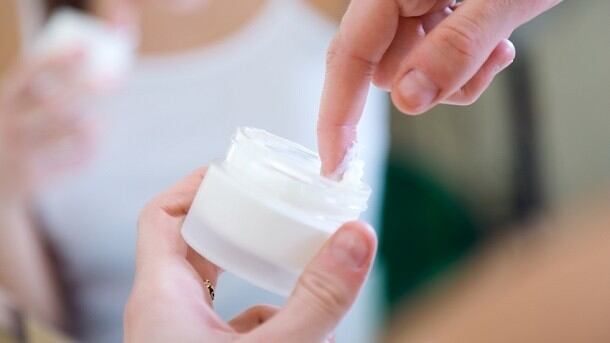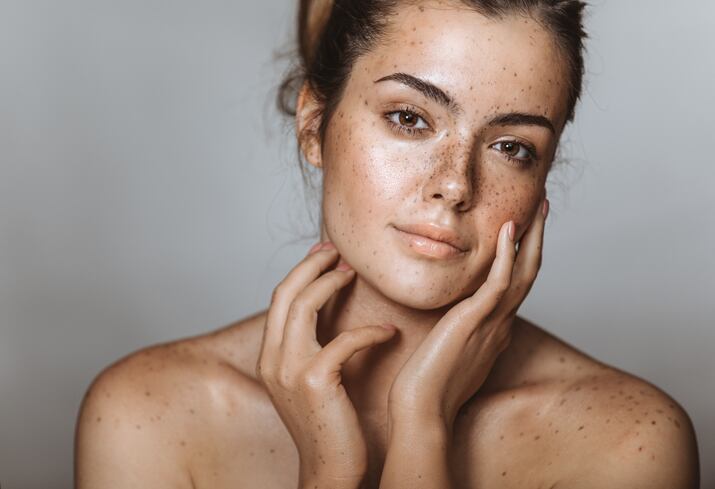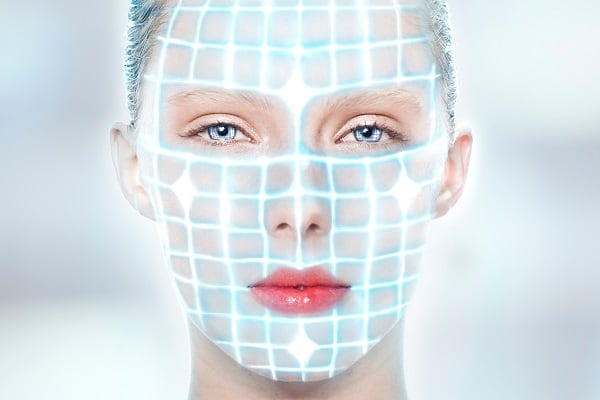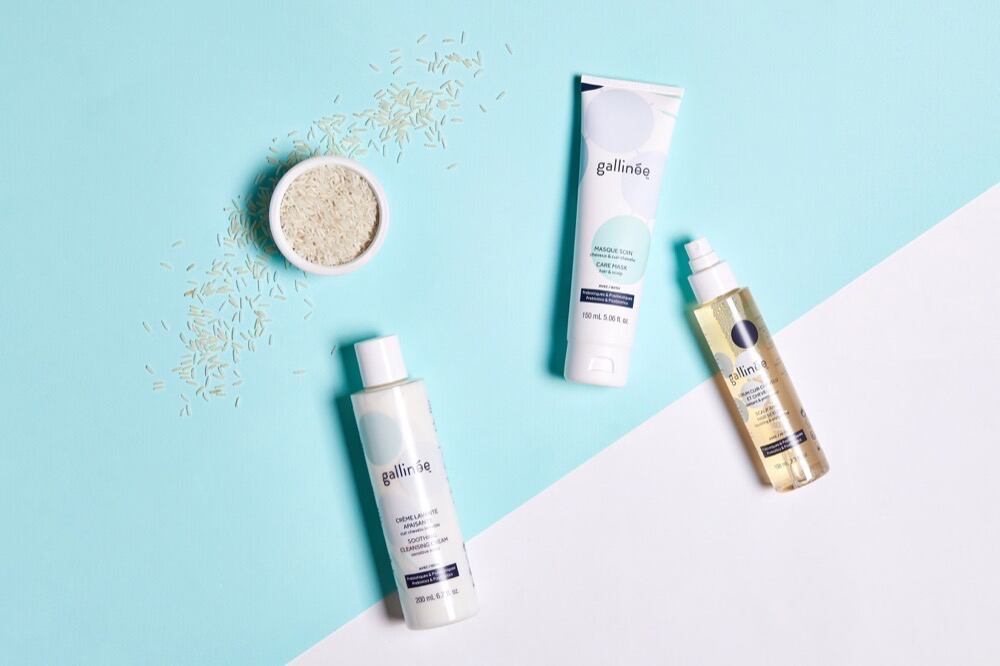Discover the full report, Skinbiotics: Probiotics for skin health, eczema, allergies & more, from Lumina Intelligence here.
The report also observed that 61% of probiotic cosmetics have at least one clean label claim, making clear the link between ‘clean beauty’ and the skin microbiome trends.
“The category benefits from being widely perceived as ‘natural’, and 67% of probiotic cosmetics boast of their clean-label and/or vegetarian and free-from status. Within clean label, ‘no parabens’ is the most prevalent claim,” the report’s author, Shane Starling, observes.
In this Editor’s Spotlight, we take a look at some the key facts and figures in an exclusive preview of the new repot.
The report’s sample size covered 156 probiotic cosmetics captured in 20 researched countries between December 2017-2018.
Digitisation: engagement is key, and China’s leading the way
The report finds that China is out in front when it comes to online consumer engagement, which it suggests is one of the key drivers that will evolve the trend in the coming years. This means China and brands that retail in the market are well-placed to sit at the forefront of the emerging trend.
However, in the US, consumer interest is rocketing year-on-year, and it may be that the North American market is poised to also take a leading place in this trend’s evolution.
Indeed, as the report observes, over 1400 new reviews were published on probiotic cosmetics in the US in 2018.
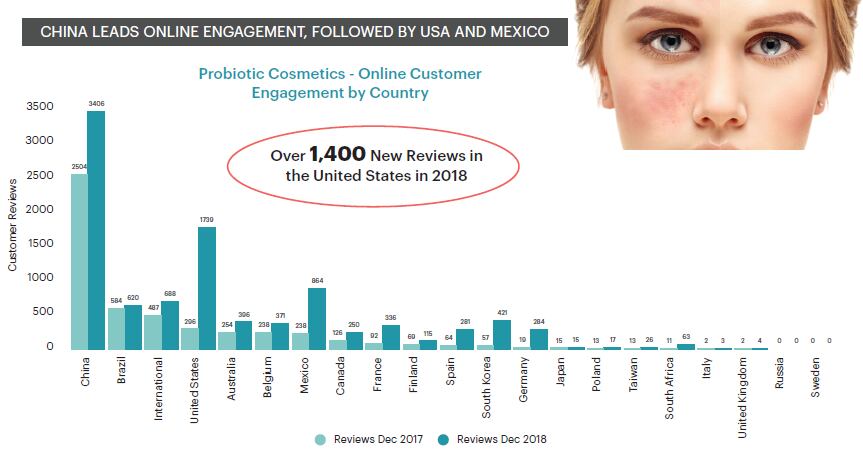
Online engagement is continuing to rise as crucial area for brands, as products win or lose on the global stage based on how much positive interest they can generate.
This in turn is informing the trends and their evolution that define the beauty industry more broadly, and nowhere is this being seen more clearly than in the case of probiotic cosmetics.
We see this in the case of Andalou Naturals' Probiotic + C Renewal Cream, highlighted in the Lumina Intelligence report for receiving just under 1500 reviews up to December 2018, the top most reviewed probiotic cosmetics product.
“Online post-purchase reviews increasingly influence purchase decisions and allow consumers to research the efficacy of products and whether they bring the health benefits the products claim to other users,” Lumina Intelligence explains. “Acting as a digitised word-of-mouth, reviews are the new digital currency for measuring consumer engagement and sentiment.” Read the full Lumina Intelligence post on customer reviews here.
Clean label in the spotlight
With rising numbers of people affected by skin conditions related to the skin’s microbiota landscape, it looks like products that tap into the related dermatological science are set to sell well in the coming period.
Indeed, the Lumina Intelligence report explains that in the 20 countries it covers, up to 557 million people might be affected by eczema, sometimes conflated with psoriasis. Estimates put allergy-occurrence at 10-40% in some populations, the report explains - and this is rising.
This explains the growing consumer appetite for safety and transparency, and minimalism in formulations: all of this is the backbone of the clean beauty trend. Concerned about what is going onto their skin and how it could impact on skin health, consumers seek out the reassurance of free-from claims, and probiotic cosmetics are often able to meet these demands.
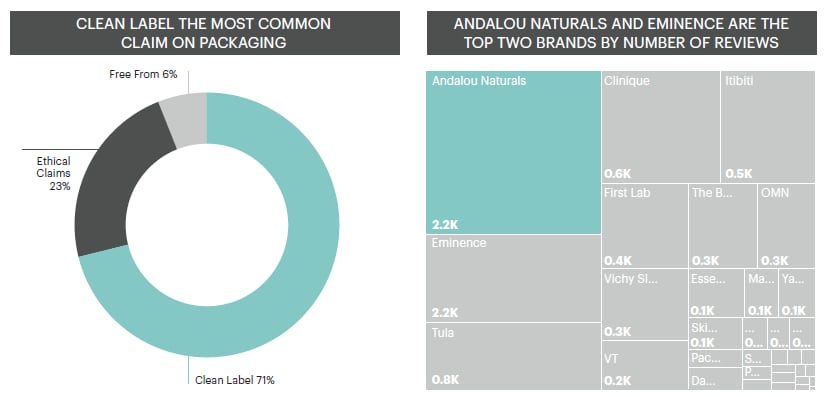
What do probiotic cosmetics look like?
The report from Lumina Intelligence highlights data that shows the most common format in which probiotic cosmetics are being consumed is in the emollient format. This holds for all the survey countries, except for France, South Africa and South Korea.
The formats used fall into four broad categories: emollients, oral, liquid, and others.
The most common species used in probiotic cosmetics are by far the Lactobacillus fermentum, at 18.0%. The next most popular are Lactobacillus acidophilus (down at 4.5%) and Lactobacillus Delbrueckii inc bulgaricus (3.8%).
Probiotic cosmetics: market-defining insights at the Cosmetics Design Summit
Find out more and register HERE to join us at the Cosmetics Design Summit 2019: Skin Microbiome Innovation.
This two-day conference is packed with expert speakers and groundbreaking research, and takes place in Amsterdam, 24-25 June.
Leading names dominate the speaker programme, with insights from L’Oréal, L’Occitane, Mintel, Asia Consumer Intelligence, academic researchers, regulatory experts, leading niche brands and more.
The exciting event is sponsored by DSM and Givaudan (Diamond sponsors); Solabia, and Sabinsa (Platinum sponsors); Mibelle Biochemistry and Atlantia (Gold sponsors), and Indena (supporter).

